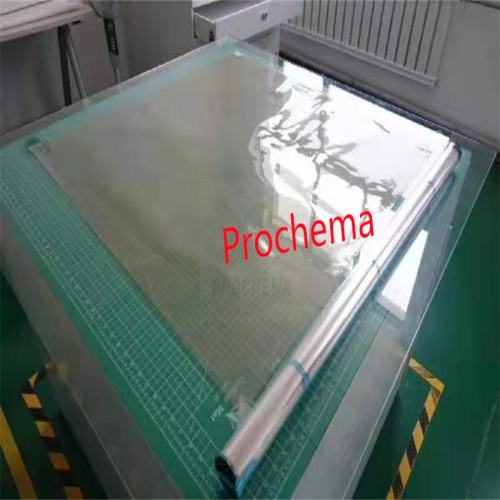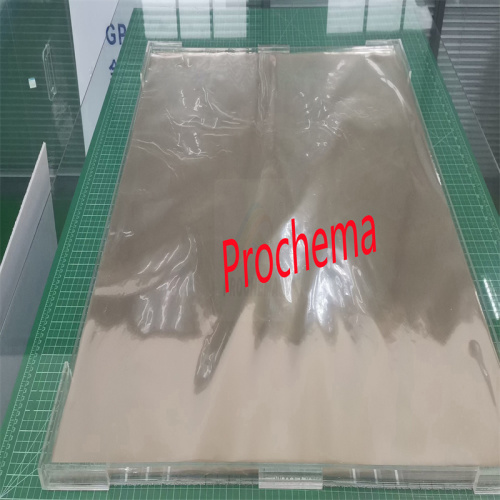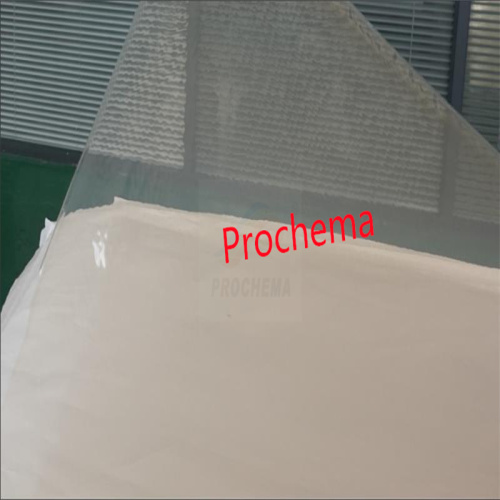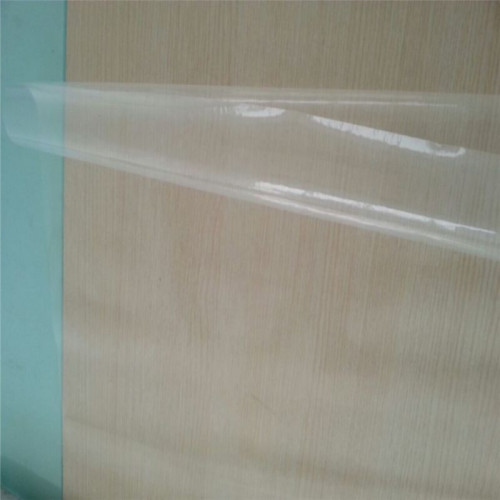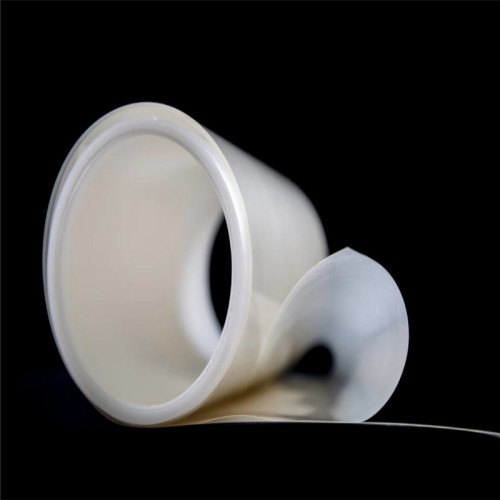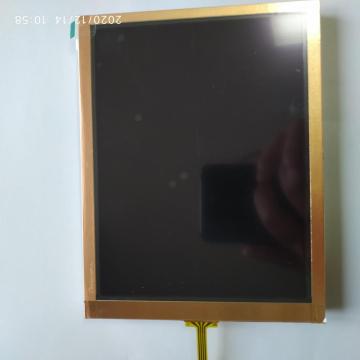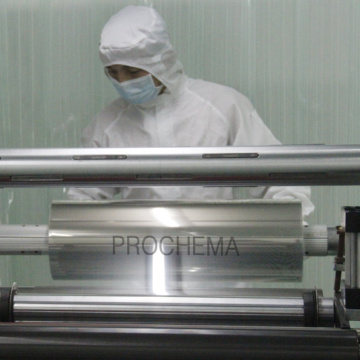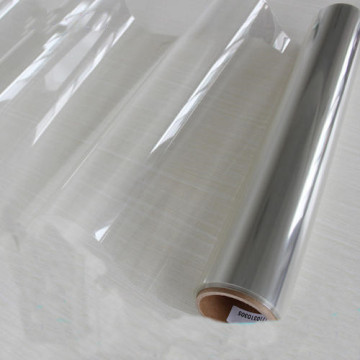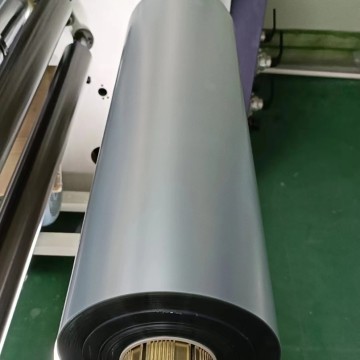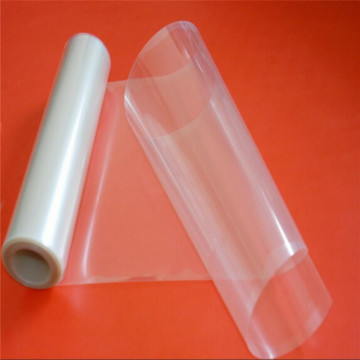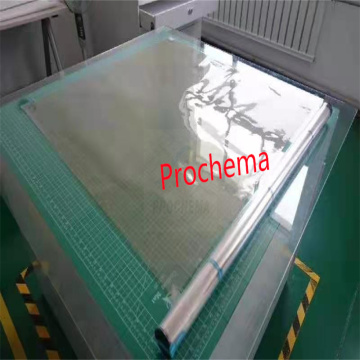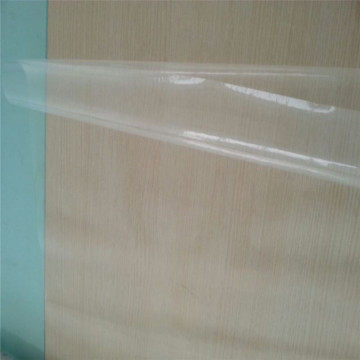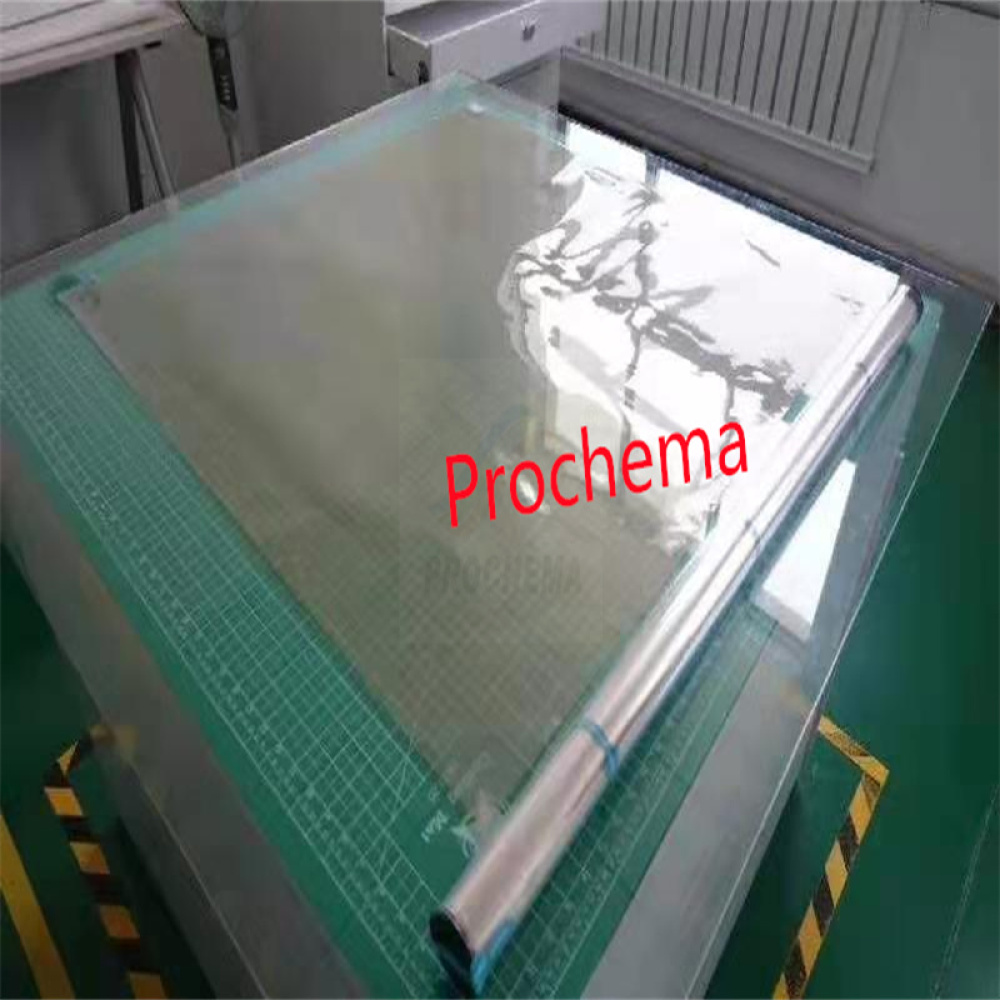


Business type:Manufacturer,Trade Company,Distributor/Wholesaler
High Temperature Conductive Perfluorosulfonic Acid Proton Exchange Membrane
Perfluorosulfonic acid proton exchange membrane is a solid polymer electrolyte, with good chemical stability and thermal stability, voltage reduction, high conductivity, high mechanical strength, can be used in strong acid, strong base, strong oxidant medium and high temperature and other harsh conditions, due to its own characteristics, Perfluorosulfonic acid proton exchange membrane is not only used as a key component of proton exchange membrane fuel cells, but also widely used in chlor-alkali industry, hydroelectrolysis hydrogen production, electrochemical synthesis and gas sensors.
Perfluorosulfonic acid proton exchange membrane is the most widely used proton exchange membrane fuel cell research and development, has excellent electrical conductivity and a series of other advantages. Although the price is high, its comprehensive performance is incomparable to other membrane materials
By impregnating ultra high molecular weight expanded polytetrafluoroethylene film with perfluorosulfonic acid resin, perfluorosulfonic acid proton exchange membrane with excellent quality can be obtained.
At present, the most common fuel cell is Proton Exchange Membrane (PEM) as electrolyte PEMFC;
The sulfonic acid base group (SO3-H+) was attached to the PTFE branch chain, and H+ could be detached and adsorbed back. This proton membrane is also known as perfluorosulfonic acid proton exchange membrane;
The special proton conduction mode of perfluorosulfonic acid proton membrane, it can obtain as high conductivity as liquid electrolyte, when the membrane is fully wetted, it can obtain as high as 0.2 S/cm ionic conductivity
PEM, Proton Exchange Membrane or Polymer Electrolyte Membrane. Pem, proton exchange membrane or polymer electrolyte membrane. As the name suggests, its main function is to transfer protons. In addition, it also needs to isolate the fuel and oxidant, preventing direct chemical reactions caused by infiltration.
Q: What's your supportive policy for distributors in overseas market?
A:We support in many aspects including marketing, promotion, product developmentimprovements
































